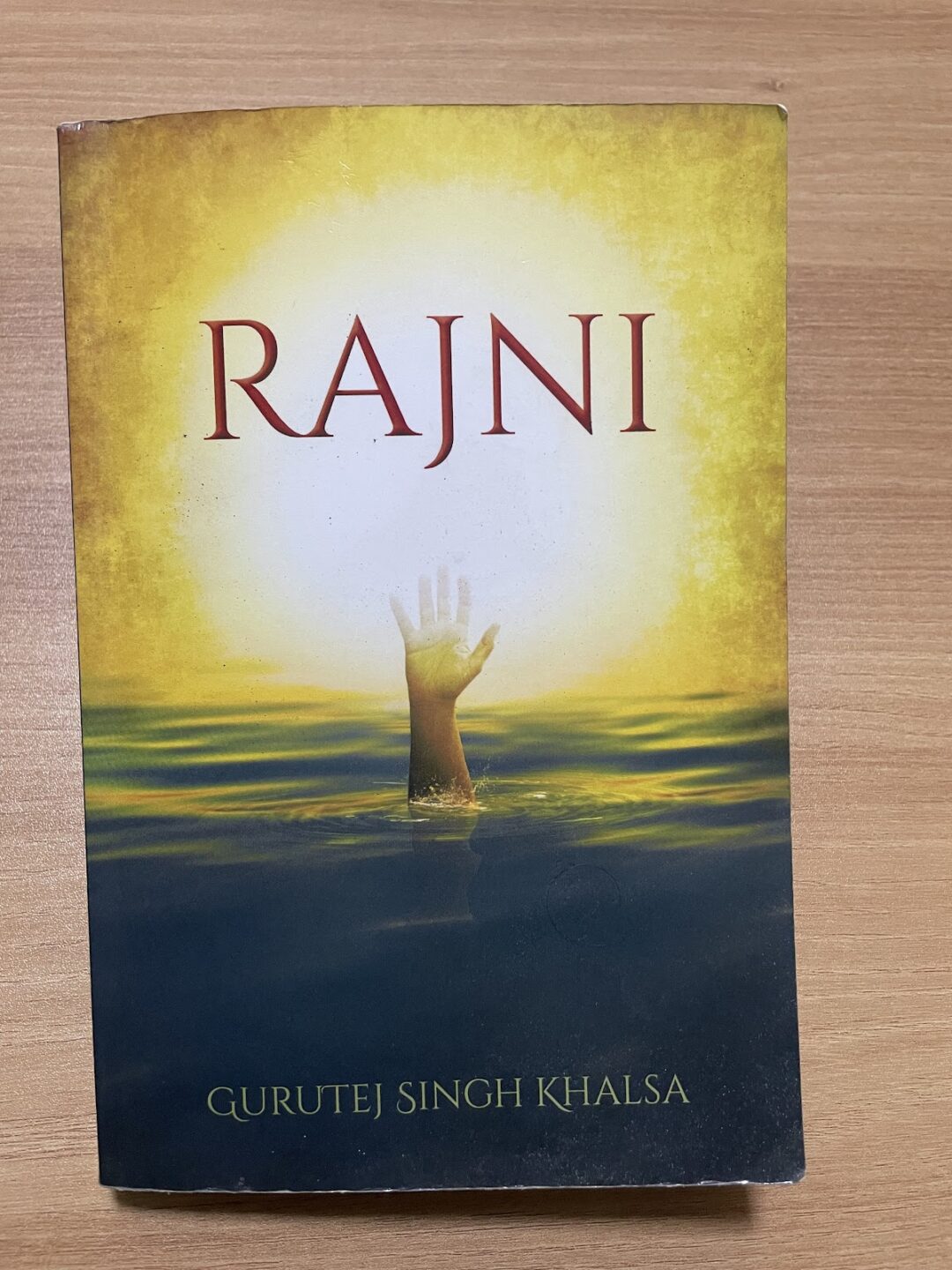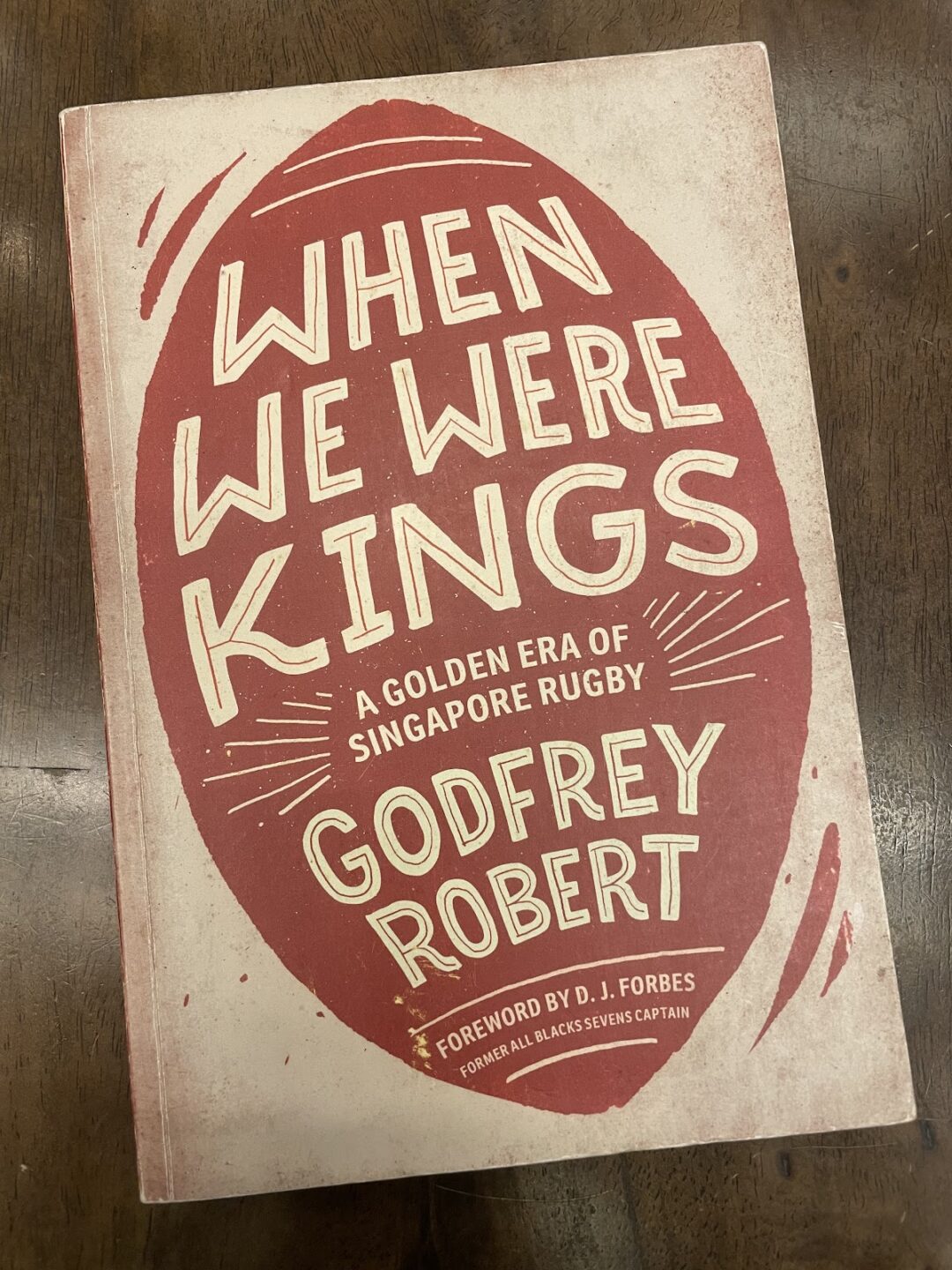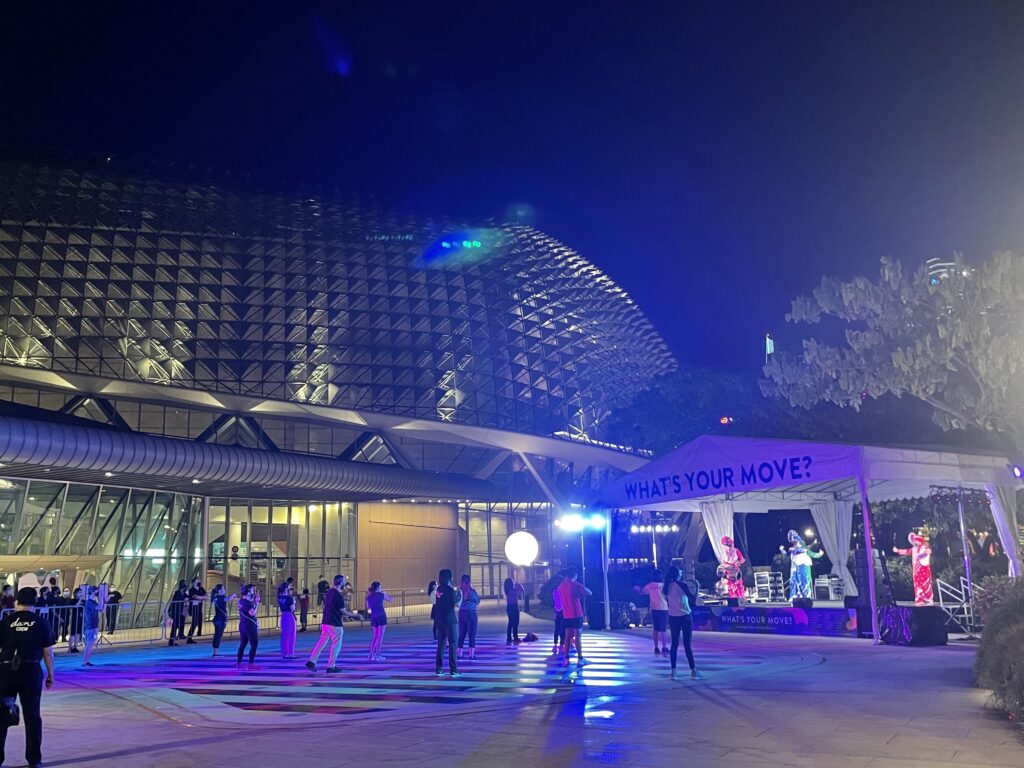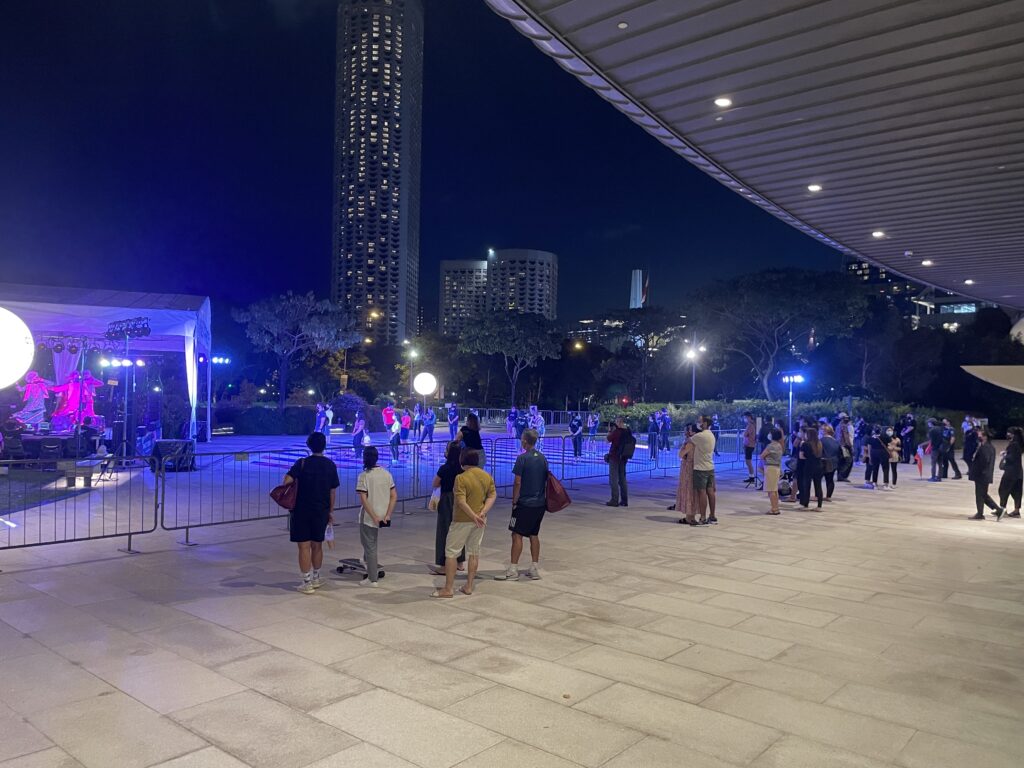It is rare to find a story written in contemporary fiction style that can marry historical accounts of our tradition with the power embedded in Sikhi. Gurutej Singh Khalsa does that and more with his book, Rajni.
Published in 2014, Rajni is an exploration of multiple themes and historical accounts in our Sikh history. The book has a dedicated Facebook page that was created at the time of its launch. As shared in an article on the book by Broadway World, Gurutej worked on Rajni for 17 years, sending it to a group of Sikh scholars in India to verify the historical accuracy. In the Prologue, Gurutej explains that the book at its heart is the story of the water that fills the tank in the Harimandir Sahib complex, in Amritsar, India.
Gurutej writes with an intriguing personality that narrates the story. That of Waheguru Ji. In the first few chapters, various deities and mythical figures from various faiths are brought in to have conversations that capture their faith’s traditions and histories. The reader walks away enriched with a better understanding of these faiths without animosity.
As the chapters progress, the reader learns about the experiences of each of our Gurus. Woven into the prose are Sakhis of Guru Nanak Dev Ji, Guru Angad Dev Ji, Guru Amar Das Ji and Guru Ram Das Ji.
Eventually, the titular character appears, Rajni. The character is based on the Sakhi of Bibi Rajni who was a pious devotee of Guru Ram Das Ji. Offended by her piousness, Rajni was married off by her father to a leper, and lived under terrible conditions after being outcast by her family. Never losing faith in her Guru, Rajni accepted her circumstances and cared for her husband with love. One day, as she was traveling with her husband who she carried in a basket, she rested beside a pool of water. While she went off on an errand, her husband noticed a black crow dip into the pool and emerge white! He too took a dip and emerged fully healed. When Rajni returned, she was at first worried that her husband was missing, but he showed her the remaining portion of his diseased finger that had yet to be dipped. In time, this pool of water became the tank that surrounds Harimandir Sahib.
The book does an amazing job of recounting the Sakhi with great attention to contemporary events and characters. Expanding on the story to incorporate more than just the Sakhi, the book is a joyous read for those who seek to find the deeper messages that one can glean from the rich tradition of Sikhi. Various lines of Gurbani are translated into modern day prose that enables any reader from any background to appreciate the universality that Sikhi preaches.
Behind this work is Gurutej, an incredible human that has served in multiple communities around the world. Gurutej is a yogi, warrior, entrepreneur, poet, healer, and teacher. He has been a personal bodyguard and aide to Yogi Bhajan, a founder of an international security firm, Akal Security, and a worldwide yoga and meditation teacher. Gurutej lives in Singapore with his wife and son. To find out more about Gurutej’s life, read this article by The Global Sikh Trail. You can also read more of his writing through his contributions on Sikh Dharma International.
To get your hands on the book, visit Trafford, Amazon, or Thriftbooks,








